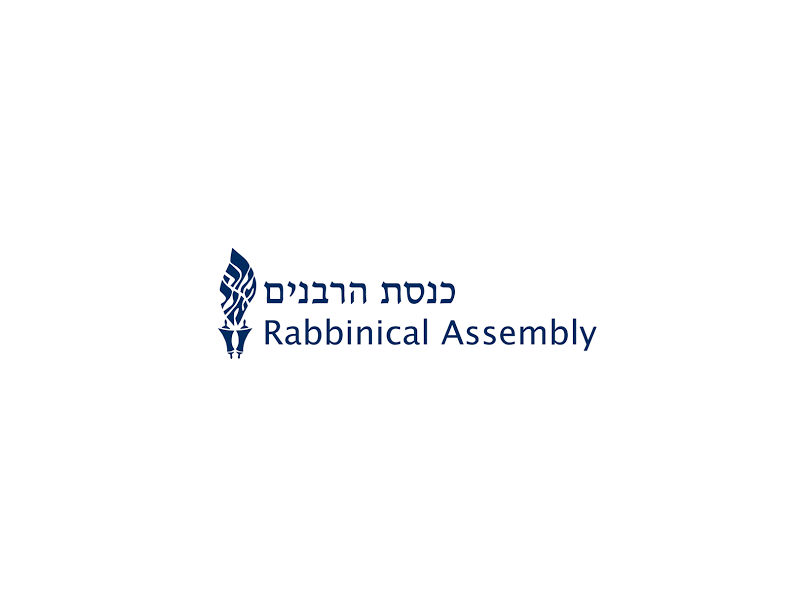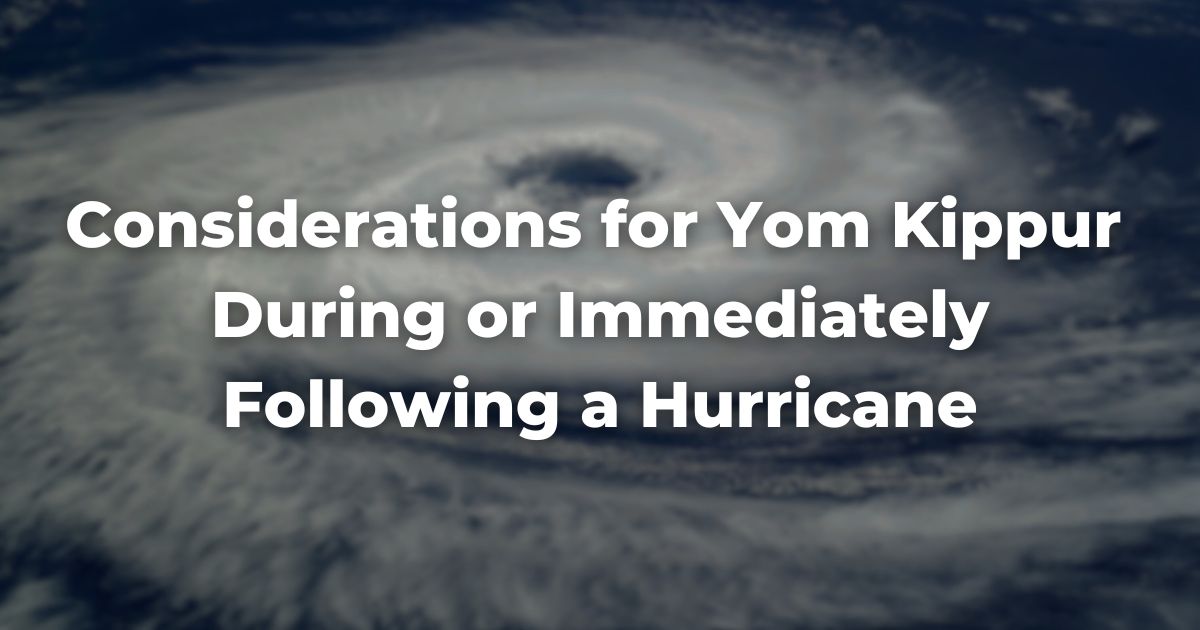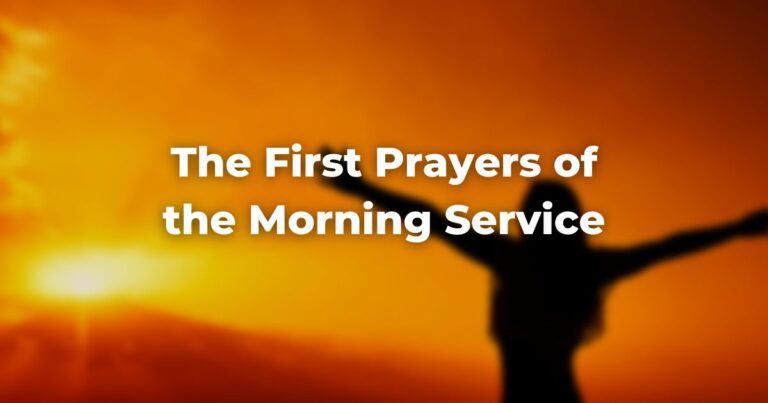Reviewed by:
Rabbi Pamela Barmash, Chair of the Committee on Jewish Law and Standards (CJLS),
Rabbi Joshua Heller, Chair of CJLS Rites and Rituals Subcommittee, and
Rabbi Jacob Blumenthal, CEO of The Rabbinical Assembly and USCJ,
Rabbi Ashira Konigsburg, RA COO & Chief Movement Strategy Officer
In all matters of Jewish law, the preservation of human life is of primary concern. Period.
Yet sometimes, we lose sight of this concern when we have strong feelings about a particular practice or holy day.
There is a famous story about the great Rabbi Yisrael Salanter. On Yom Kippur, 1848, there was a cholera epidemic, and he had announcements posted all over Vilna telling people to eat and spend time outdoors on Yom Kippur. He was criticized by other leaders, and in response, on the morning of Yom Kippur, he walked into the synagogue with wine and cake, made kiddush, and ate.
Many have heard a friend or colleague say, “I broke Yom Kippur.” When life is at stake, there is no such thing as “breaking” a holiday, and it is important to identify the different specific requirements of the holiday so we can understand how to adapt our observance based on one’s situation.
Open the Google Doc Easy-to-Print Version
Prohibited Labors
On Yom Kippur, like Shabbat, melakhah, ‘productive labor’ is not permitted. This means that cooking, writing, lighting fires, etc., are prohibited.
But when we encounter life-threatening situations, we are required to change our conduct to endeavor to save lives. In the context of a hurricane, flood, or other disaster, the following actions should be taken:
Evacuation
If the authorities order an evacuation, one must leave. One should leave in the safest and most expedient way, even if this means driving or taking a boat.
If one is evacuated and safe, they should endeavor to avoid prohibited labor.
Notifying authorities that you need help
We have all seen photos and videos of written notes on rooftops or doors requesting evacuation. If you are stuck in a life-threatening situation, you should take any steps necessary to signal.
Practices Unique to Yom Kippur
On Yom Kippur, we are prohibited from eating, drinking, bathing, and wearing leather shoes, among other prohibitions.
The Fast
It must be emphasized that in the case of weakness or significant perspiration, such that dehydration is a risk, you and your loved ones should not hesitate to eat or drink.
You may drink or eat in one of two ways. For those who want to observe a partial fast, drink a shot glass (1 oz) of liquid every eight minutes to stay hydrated. By spacing it out, you stay away from the measure the rabbis established as legally considered drinking or eating. The same is true of eating. If one is weak, faint, or nauseated, one may eat one cracker or similarly sized food every eight minutes.
If this is insufficient, one can eat or drink every 7 minutes, and again, every 6, etc. If one finds that they are eating or drinking every 2-3 minutes and still unwell, they may no longer fast and must eat.The drink can be water or Gatorade or whatever is at hand. The same with the food.
This applies to both laypeople and those leading the service. (For a deeper dive, see a summary or full text of Rabbi Gail Labovitz, “Non-Fasting Prayer Leader on Yom Kippur.”)
Washing
One may use hand sanitizer at any time on Yom Kippur – ideally without moisturizers.
If one has come into contact with any contaminant, they should wash with soap and water or whatever is available.
Leather Shoes
While wearing leather shoes is prohibited on Yom Kippur, if one is in an environment with dangerous materials, debris, etc. strewn about, they should wear whatever shoes will keep them safe. If one is indoors and there is no danger, they should remove the leather shoes.
Children
Children are not obligated to fast. While many may wish to fast for some hours to fulfill the holiday, in the context of a natural disaster, they may not. Keeping them safe, cool/warm, and hydrated is of paramount importance.
Liturgy and Prayer and Yizkor
Many of us find the Yom Kippur liturgy moving, and missing synagogue can be upsetting. Once again, we must reiterate that if there is any danger or potential danger, one may not leave safety to go to a synagogue.
If one is in a safe space, one can also find ways to engage in the themes and practices of Yom Kippur. For example, most of the liturgy can be recited alone, and if a physical copy of the mahzor, the High Holiday prayer book, is not available, it can be accessed online here.
As it is a powerful touchstone for many, of special note, Yizkor does not require a minyan and can be read in Hebrew or English. A PDF of Yizkor from Mahzor Lev Shalem is available here. Rabbi Andrew Pepperstone’s “What do I do if I can’t go to minyan when saying kaddish?” may also be helpful.
This period of recovery after a hurricane is considered sh’at had’hak, ‘an emergency situation.’ If one has power, even if it is not one’s usual practice, one may also choose to find a service online that is on Zoom or livestream.
Rabbi Joshua Heller’s “Counting a Minyan Via Video Conference” and “Streaming Services on Shabbat and Yom Tov” were written for COVID-19 and remain relevant.
In a situation where a curfew or lack of electricity makes it impossible to gather after dark, the Kol Nidrei service should be begun as much as an hour before candle lighting and completed before dark. The Neilah service may be completed before dark, but the shofar should not be blown, and havdalah not recited until dark.
If an Individual or a Community was not able to Observe Yom Kippur
In the case of most Jewish holidays, there is typically no longer a “make-up” as there sometimes was in biblical times. One does not carry out the mitzvot of that festival or recite its liturgy on a later date. However, there are some specific opportunities if circumstances prevent one from reciting the Yom Kippur liturgy.
The process of teshuvah, ‘repentance’, is appropriate at any time. One should seek forgiveness from those one has wronged, and from God, at any opportunity.
The Kol Nidrei formula can be recited at any time.
While Yom Kippur marks the end of the Ten Days of Penitence, the season of repentance extends through Hoshannah Rabbah, the 7th day of Sukkot (observed in 2024 on October 23). While it would not be appropriate to fast on this day, there could be an opportunity to use this day and its distinctive rituals, including the hotshot, to mark the end of the season.
Yizkor is traditionally next recited on Shemini Atzeret.
There is a kabbalistically-inspired practice of Yom Kippur Katan, traditionally observed on the day before Rosh Hodesh in certain months. It is marked by fasting and, though the liturgy/amidah is that of a regular weekday, on may supplement through the recitation of key aspects of the Yom Kippur liturgy, including the Selichot (recitation of the 13 attributes) the short and long confessionals, and Avinu Malkeinu. Normally Yom Kippur Katan would not be observed in Tishrei because Yom Kippur had just passed, but for a community that was not able to gather for Yom Kippur, Yom Kippur Katan of Tishrei (October 31 in 2024) might provide a useful framework for a meaningful communal worship experience.
Practical Advice for Community Leaders
Communities will need to understand that rabbis, cantors, and other professional communal leaders, as well as volunteers, may also be occupied with the safety of their own households.
The greatest priority is getting people to safety. If it is possible to do so, it is good to make sure that TorahRefers to the first five books of the Hebrew Bible, the Tanakh, also called the Five Books of Moses, Pentateuch or the Hebrew equivalent, Humash. This is also called the Written Torah. The term may also refer to teachings that expound on Jewish tradition. Read more scrolls are secured and sealed in plastic and above any level of potential flooding.
It may be helpful to have pictures or cellphone video of the current state of a facility and valuable items in case an insurance claim needs to be made.
Best practice would be to ensure that copy/backup of key electronic synagogue files is in the cloud.
It can be helpful to find a volunteer who is not immediately affected and who can serve as a liaison, to provide this volunteer with a list of households in the community and their contact information, and to notify the congregation to notify this volunteer of their whereabouts/safety when it is safe to do so. This may assist in relief efforts and in identifying ways to convene the community until it is possible to return to normal operations.
Authors
-

The Rabbinical Assembly is the international association of Conservative rabbis. Since its founding in 1901, the Assembly has been the creative force shaping the ideology, programs, and practices of the Conservative movement, and is committed to building and strengthening the totality of Jewish life. The Assembly publishes learned texts, prayerbooks, and works of Jewish interest; and it administers the work of the Committee on Jewish Law and Standards for the Conservative movement. It also serves the professional and personal needs of its membership through publications, conferences, and benefit programs, and it coordinates the Joint Placement Commission of the Conservative movement. Rabbis of the Assembly serve congregations throughout the world, and also work as educators, officers of communal service organizations, and college, hospital, and military chaplains.
View all posts -

Exploring Judaism is the digital home for Conservative/Masorti Judaism, embracing the beauty and complexity of Judaism, and our personal search for meaning, learning, and connecting. Our goal is to create content based on three core framing: Meaning-Making (Why?), Practical Living (How?), and Explainers (What?).
View all posts




